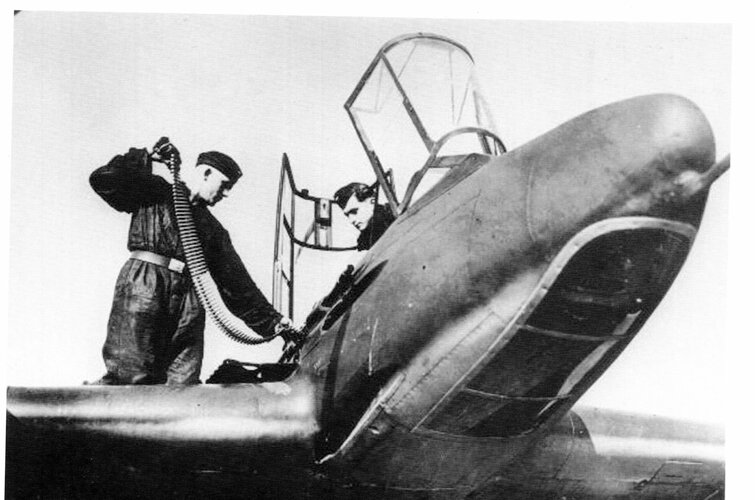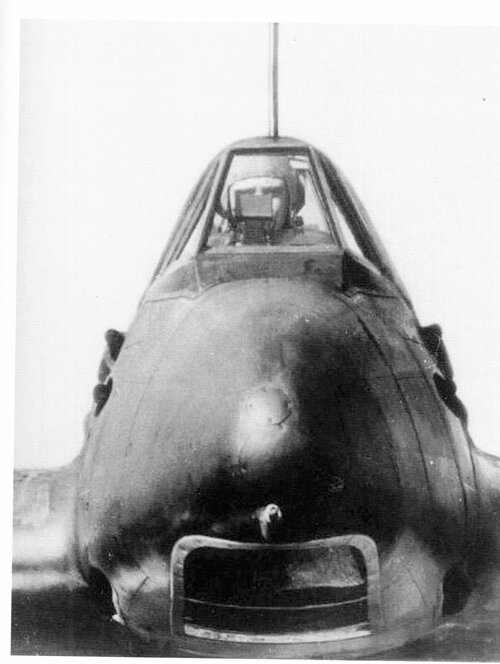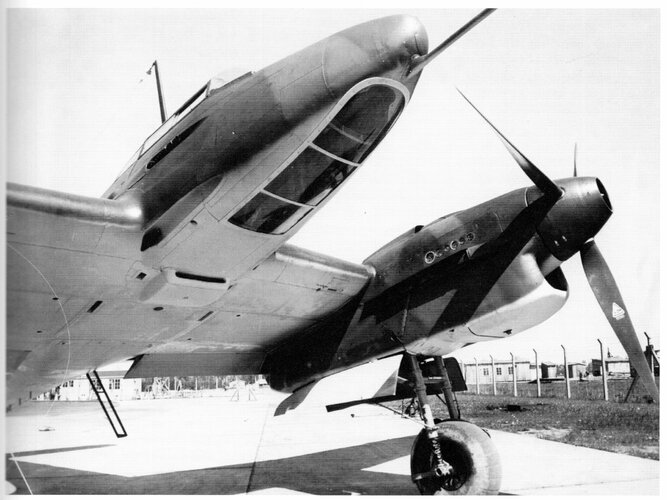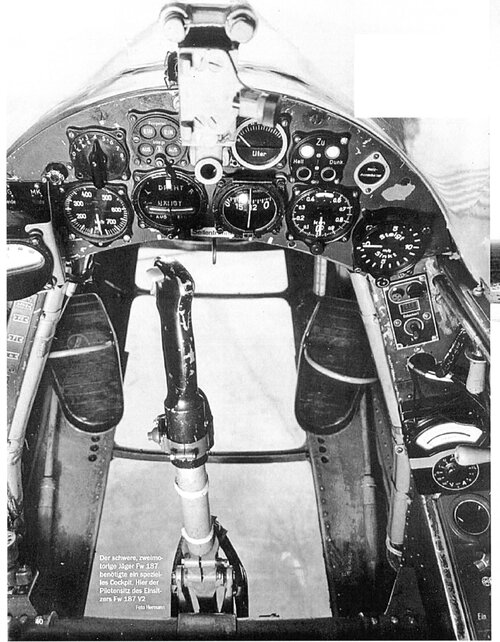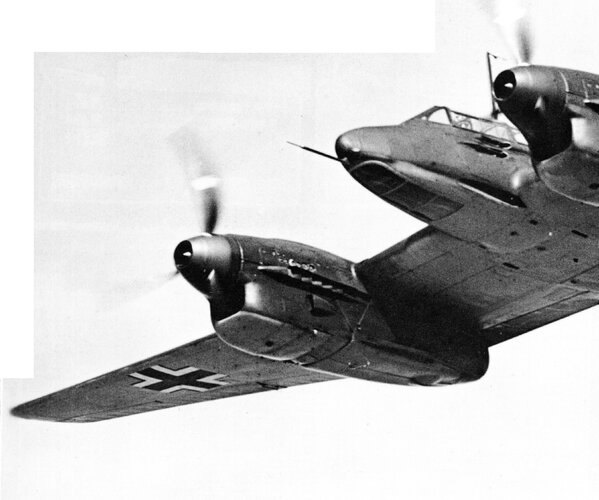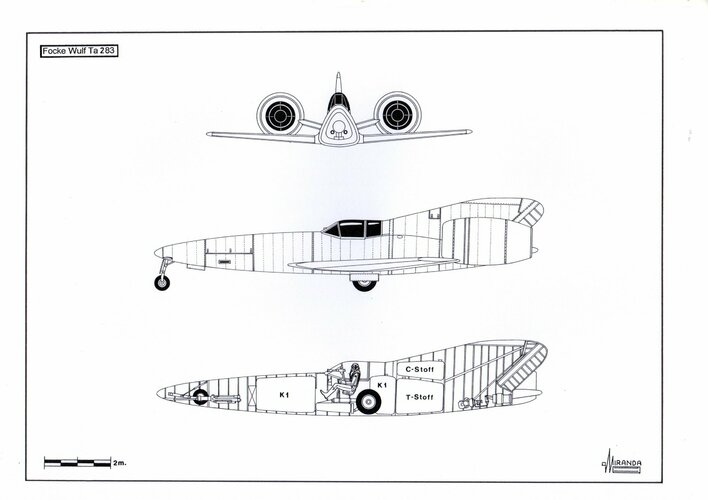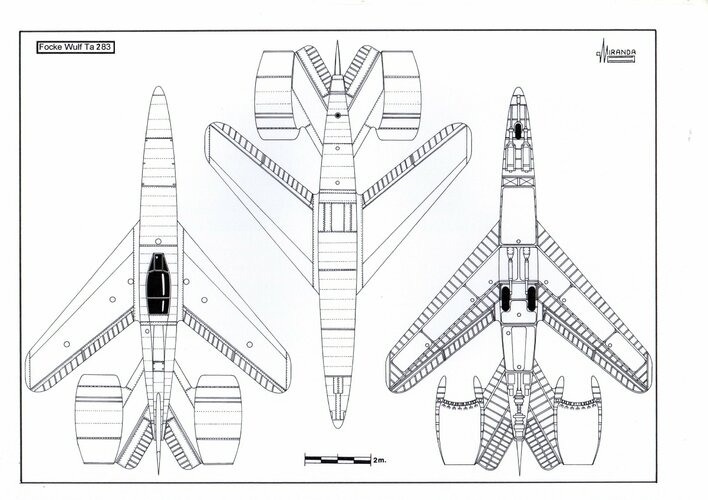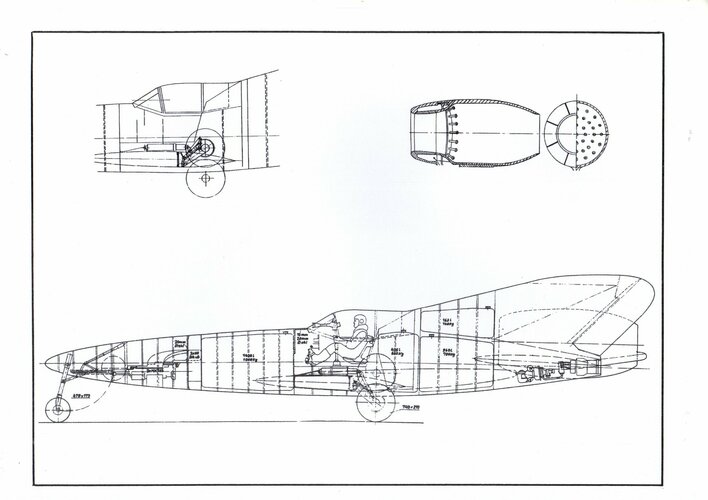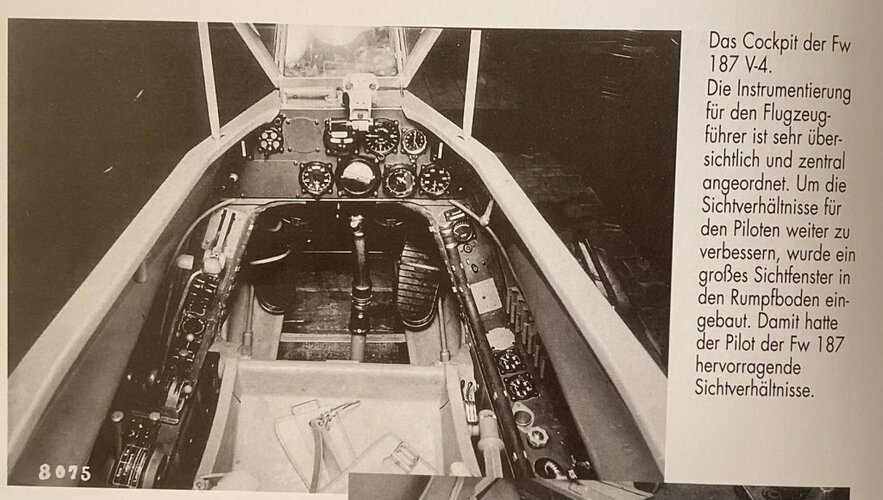ThePolishAviator
ACCESS: Restricted
- Joined
- 29 January 2021
- Messages
- 20
- Reaction score
- 19
The Me 262 and the FW 187 are 2 German WW2 designs that are both known for their exceptional speed and agility compared to other aircraft in their weight-class. They also share a weird quirk which is their fuselage cross-section. It's a triangle with rounded edges and walls that are somewhat curved.


I heard that such a design helps to provide lift and is easier to produce than round fuselages. also since the fuselage comes to a point at the point at which the wings are attached I figured that interference drag would be decreased.
But if it provided such advantages then we would see it in at least some post-war designs but I never managed to find such a design. Does this design have some aerodynamic drawbacks I am not aware of or are the advantages it provides too negligible to make up for the extra parasite drag?


I heard that such a design helps to provide lift and is easier to produce than round fuselages. also since the fuselage comes to a point at the point at which the wings are attached I figured that interference drag would be decreased.
But if it provided such advantages then we would see it in at least some post-war designs but I never managed to find such a design. Does this design have some aerodynamic drawbacks I am not aware of or are the advantages it provides too negligible to make up for the extra parasite drag?

